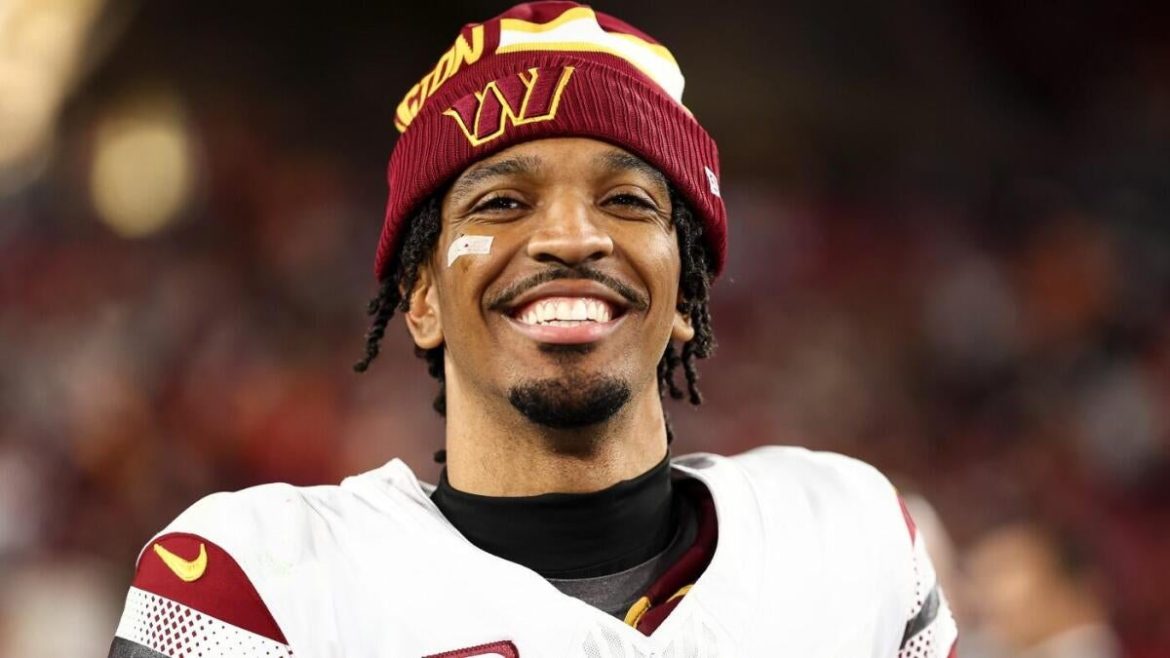The 2025 NFL schedule reveals a fascinating landscape shaped by strategic spotlighting of marquee teams and pivotal matchups, with the Kansas City Chiefs, Washington Commanders, and Dallas Cowboys standing out as the focal points of the season. Each of these franchises leads the league with eight standalone games, spotlighting their prominence in the league’s broadcasting strategy and fan engagement plans. This extensive schedule analysis explores how these choices reflect broader league dynamics, influence competitive balance, and set the stage for memorable moments in the upcoming season.
Spotlight on the Standalone Leaders
The Chiefs, Commanders, and Cowboys each boast eight standalone games in 2025—a term referring to games scheduled independently without competing broadcasts, maximizing viewership potential. For the Chiefs, who remain the NFL’s current dynasty, such positioning aligns with their repeated role as a ratings powerhouse and a team chasing their third consecutive Super Bowl title. The Commanders, on the other hand, have emerged as an unexpected beneficiary of this spotlight after an impressive breakthrough season buoyed by the young star Jayden Daniels, marking a significant shift from their traditionally subdued national presence. The Dallas Cowboys, consistently the NFL’s “biggest brand,” naturally maintain this high-profile exposure.
The preference for these teams in prime-time and standalone slots is hardly surprising given their drawing power. Five of the Commanders’ eight standalone games will be played in prime time, illustrating the NFL’s confidence in their ability to captivate a national audience. The Chiefs and Cowboys similarly command significant prime time airtime, including Games of the Week and high-stakes division or rivalry clashes, such as the Thanksgiving Day face-off between the Chiefs and Cowboys in Dallas.
Key Matchups and Scheduling Highlights
Among the standout games, several high-profile matchups promise must-see TV. Noteworthy are games featuring emerging stars and historic rivalries:
– The Commanders’ holiday home game on Christmas Day against the Cowboys, broadcast on Netflix, will likely be a marquee event capturing both the holiday audience and football fans eager for intense NFC East competition.
– The Chiefs and Cowboys also meet in a late-season Thanksgiving Day game, a fixture indicative of the NFL’s tradition to showcase marquee teams on national holidays.
– Other primetime duels include the Bengals versus Broncos, spotlighting Ja’Marr Chase and Pat Surtain II, and the Eagles hosting the Cowboys in the season opener, blending storylines of defending champions and perennial contenders.
Such scheduling accentuates narrative arcs across the league, from attempts at dynasty repeats to rising franchises fighting for legitimacy.
Divisional and Competitive Context
The 2025 NFL schedule places significant emphasis on intra-division drama, especially in the NFC East. The Commanders finishing the season with four consecutive division games is a notable scheduling choice—the only team with such a streak. This creates a unique pressure cooker scenario likely to impact playoff seeding profoundly. Meanwhile, the Giants face a daunting schedule swamped with battles against the NFC East’s top teams—the Cowboys, Eagles, and Commanders—who collectively dominated last season.
The Cowboys face a “harrowing late-season gauntlet” with multiple tough matchups that could test their depth and resilience. The Eagles, although defending Super Bowl champions, face fewer prime-time slots comparatively, suggesting either a strategic league choice or a reflection of their schedule balance. The Chiefs and Cowboys also lead with seven and six prime-time games, respectively, underscoring their consistent role as marquee TV draws.
Regional and International Exposure
The Commanders will play their first international game since 2016, highlighting the NFL’s continuing global expansion efforts. This move places Washington not only in the national spotlight but also on an international stage, potentially stimulating fan base growth and international media coverage. Kansas City similarly opens their season with a primetime game in Brazil, emphasizing the league’s commitment to global outreach.
Winners and Losers of the 2025 Schedule
The distribution of prime-time and standalone games implies significant advantages and challenges:
– Winners: The Chiefs, Commanders, and Cowboys gain increasingly large national audiences and advertising revenues, along with home-field advantage in several high-stakes games. Their media exposure also enhances player branding and franchise valuation.
– Losers: Teams with fewer prime-time appearances, such as the Eagles, might face challenges in maintaining national visibility despite on-field success. Additionally, the Giants and other teams with tough divisional placements may confront grueling schedules that can hamper playoff prospects.
Some teams endure taxing travel schedules or back-to-back night games, elements that could influence injury risks and overall performance.
The Broader Implications and Fan Engagement
The way the NFL has architected the 2025 schedule reflects a balancing act between competitive fairness and television market considerations. Prioritizing high-profile teams for television slots ensures maximum viewership and revenue but raises questions about equitable national exposure for smaller-market or rebuilding teams. Nonetheless, the schedule serves as a blueprint for narrative-driven football season storytelling, stimulating debate, anticipation, and fan engagement across the country and beyond.
Encouragingly, the focus on emerging stars like Jayden Daniels and exciting young talent in primetime games adds fresh energy to the broadcasting lineup, enticing both longstanding fans and new viewers.
Conclusion: A Season Poised for Drama and Spectacle
The 2025 NFL schedule sets a dynamic stage where legacy franchises, rising contenders, and pivotal divisional rivalries converge under the bright lights. The Chiefs, Commanders, and Cowboys stand front and center, driving the narrative with their extensive standalone and prime-time game commitments. This strategic spotlight not only maximizes audience engagement but also heightens the competitive atmosphere as teams jockey for supremacy within challenging schedules.
As the season unfolds, the blend of traditional powerhouses, emerging stars, and innovative broadcasting platforms promises a compelling spectacle that reaffirms the NFL’s position as a premier global sports league. Fans, analysts, and players alike will be watching closely as these games shape careers, franchises, and, ultimately, the path to the Super Bowl.





